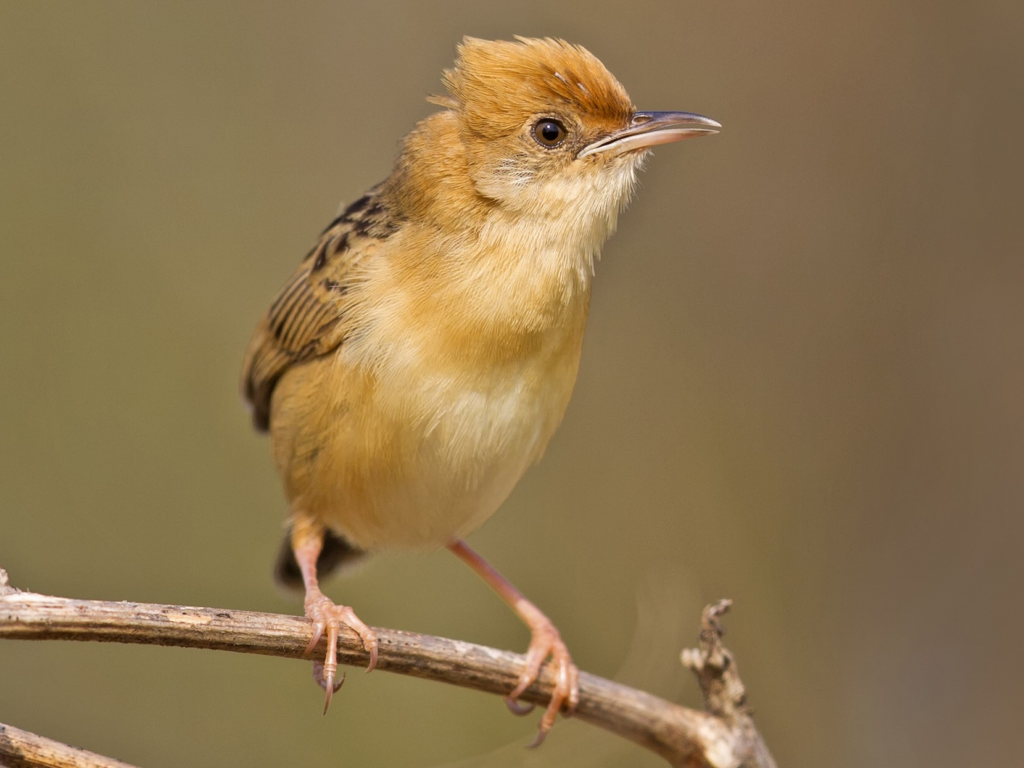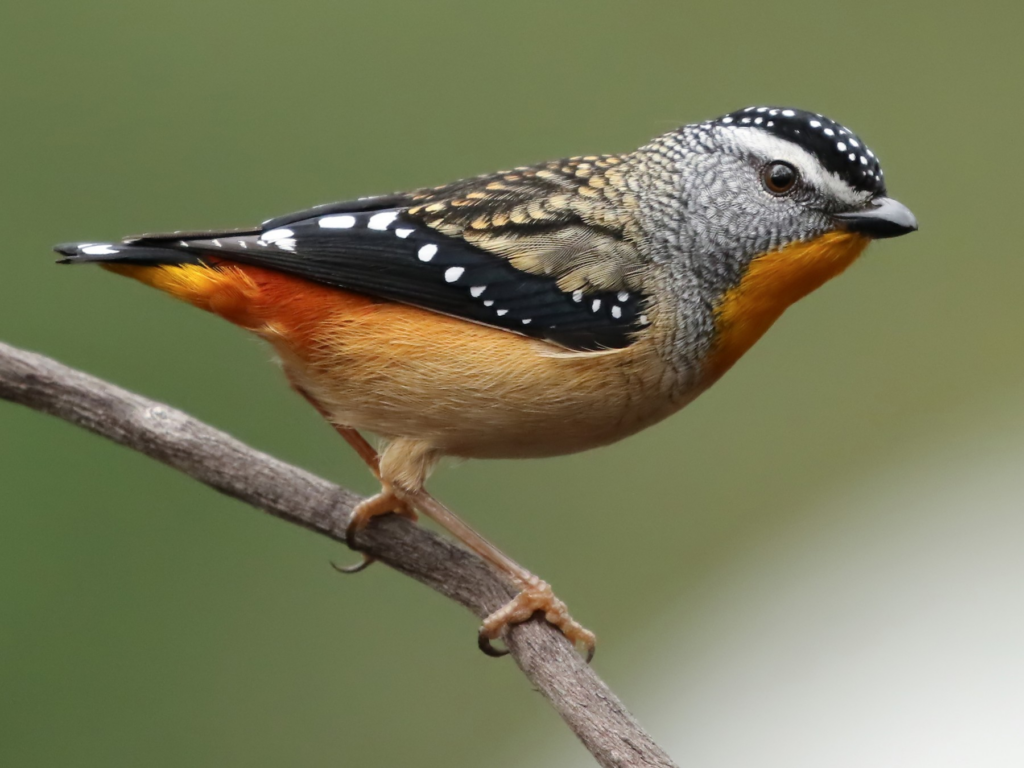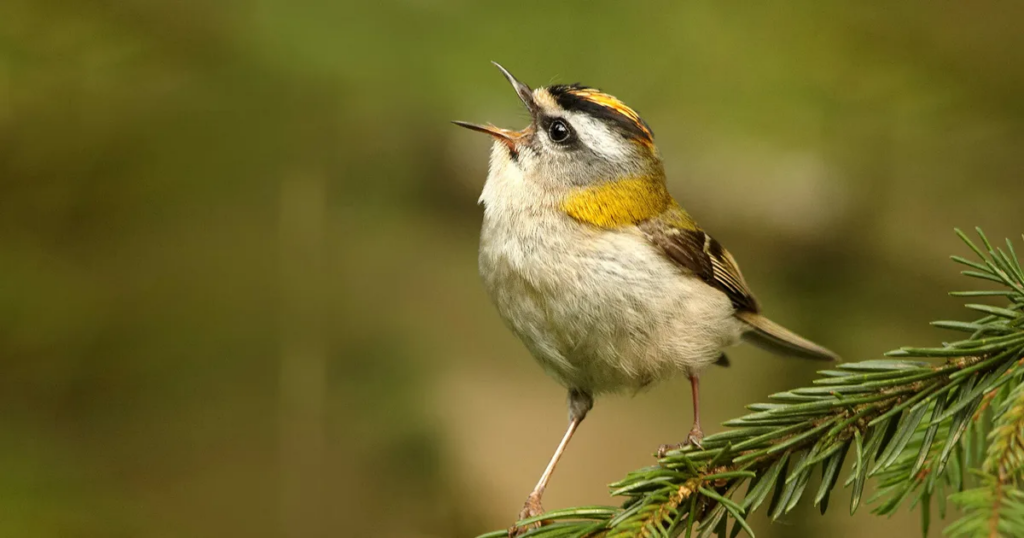By Jeanne Francoise Umumararungu
What is a bird ?
Fossil evidence suggests that birds are descended from the only subgroup of dinosaurs now living, the avian dinosaurs. The biological class Aves, which includes modern birds, amphibians, fish, invertebrates, mammals, and reptiles, is made up of six fundamental animal groups. Birds are distinguished from other animals by their feathers, toothless beaks, and robust yet light skeletons. Laying eggs with a hard shell is how they reproduce.
We’ve selected ten of the world’s smallest birds below. They come from all around the world and are rated according to height (rather than weight, wingspan, or some other measure).
10. Lesser Goldfinch (Spinus psaltria)
(Average 10 centimeters, 10 grams)

North America, the Bahamas, and the Turks and Caicos Islands are the native habitats of the lesser goldfinch. The minuscule bird, which is about 10 centimeters in length, is highly sexually dimorphic, with notable color variations between men and females. It has been noted that this fairly common bird, which may be found in a variety of habitats at various elevations, is primarily monogamous.
9. Golden-headed cisticola (Cisticola exiles)
(Average 10 centimeters, 8 grams)

The bright-capped cisticola, sometimes known as the golden-headed cisticola, is widespread throughout South Asia and Australia. It is a relatively common bird that may be found in a variety of habitats at various elevations. Because it constructs a neat nest out of plants and spider thread and is a predominately monogamous bird, it is known as the “finest tailor of all birds.”
The golden-headed cisticola is an omnivore that frequents damp grasslands, consuming everything from seeds to small slugs and insects. Adults reach a height of 10 cm and weigh about 8 grams on average.
8. Verdin (Auriparus flaviceps)
(Average 10 centimeters, 7 grams)

The verdin, which may be found throughout southern USA and Mexico, is comparable in size to the American bushtit as one of North America’s tiniest passerines. They create nests up of globularly interconnected heavy twigs and branches packed with feathers, grass, and hair in shrubs and thorny thickets with few trees.
They are frequently observed searching amid desert scrub plants for insects.
7. Brown Gerygone (Gerygone mouki)
(Average 10 centimeters, 6 grams)

The gerygone mouki is a rainforest animal that is indigenous to parts of Australia’s east coast. It is also referred to as gerygone brown and brown warbler. It typically inhabits small groups of three or four birds that forage together at all canopies’ heights, hunting fluttering insects among the vegetation.
6. Pardalote (Pardalotidae)
(Average 9.5 centimeters, 6 grams)

Despite weighing only 6 g, the pardalote is an especially lovely Australian bird with colorfully patterned plumage and a plump appearance, in contrast to most of the other tiny birds on our list. They may hunt for lerps and other natural larvae in the small holes of eucalyptus trees thanks to their modest size. Due to habitat degradation brought on by people for urban expansion and grazing domestic animals, this gorgeous bird is declining, as it is with many other creatures.
5. Simple Firecrest (Regulus ignicapilla)
(Average 9.3 centimeters, 5.5 grams)

The gold crest and the plain fire crest both belong to the kinglet family of birds. It resembles the goldcrest in size and look and is nearly identical, with the exception of its brighter yellowish hue and whitish fawn band above the eye. During the fall and winter, when it’s simpler to spot them snatching at tiny insects to eat, simple firecrests are more frequently observed.
4. Goldcrest (Regulus regulus)
(Average 9 centimeters, 5.7 grams)

The typical length and weight of the gold crest, the smallest bird in all of Europe, are 9 cm and 6 grams, respectively. In tradition, it is sometimes referred to as the king of the birds, and its Latin name means prince or small king. They can be identified by the black and yellow stripe on their heads, which makes them great for pulling insects out of between pine needles with their narrow beaks (which includes an orange center on males). One of the things goldcrests are known for is their ability to successfully incubate up to 12 eggs at once in their nest.
3. Wee bill (Smicrornis brevirostris)
(Average 8 centimeters, 6 grams)

This species, which gets its name from its “wee” bill (i.e., small! ), has a body that is just 8 millimeters on average in length.
The smallest bird on the continent, the weebill is native to Australia’s rainforests, woods, and wooded places. They like eucalyptus-rich environments, and their diet consists primarily of larvae and tiny insects.
2. Costa’s Hummingbird (Calypte costae)
(Average 8 centimeters, 3 grams)

The Costa’s hummingbird, with a stunning swathe of vibrant purple over its head and throat, has maybe the most amazing plumage of all the birds on our list. It is a native of the southwest United States and can be found in environments where nectar and insects are abundant. With a length of just 8 cm, it is both the second-smallest hummingbird and the smallest bird in the entire world.
1. Bee Hummingbird (Mellisuga helenae)
(Average 5-6 centimeters, 1.7 grams)

The bee hummingbird, which may grow to a maximum length of 5 cm, holds the record for being the tiniest bird in the world. It also has the smallest nest in the world, composed of cobwebs and lichen, where it lays eggs the size of peas.
It is the world’s lightest bird, weighing less than 2 grams. The bee hummingbird, also known as a zunzuncito, an elf of the bees, or a bird-fly, is a native of Cuba. Their behavior of hovering adjacent to flowers and beating their wings 200 times per second while drinking nectar from flowers in Cuba’s coastal woodlands gave rise to their name.
